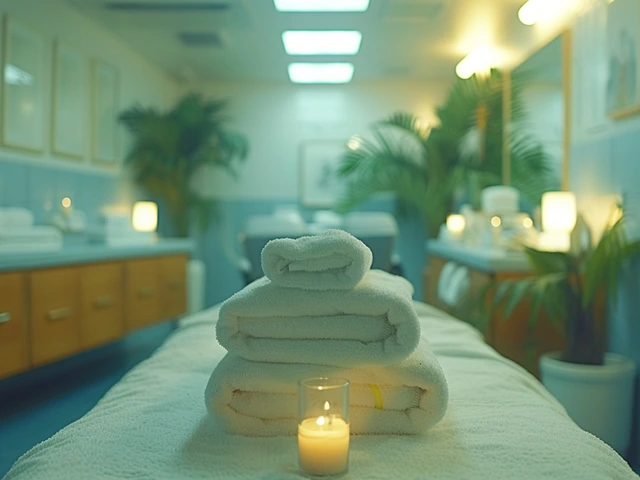Therapeutic techniques: a clear guide to find what works
Therapeutic techniques cover many hands-on and movement-based ways to ease pain, reduce stress, and improve how your body moves. If you feel overwhelmed by names—Feldenkrais, Hellerwork, Lomi Lomi, acupressure—this page breaks down the main choices and how to pick one that helps you now.
Start by matching your goal to the method. Want relaxation and better sleep? Try warm stone massage, Lomi Lomi, or hammam-style steam work. Need to unwind tight muscles or knots? Trigger point massage and Amma are direct and practical. If posture and long-term movement matter, look at Hellerwork, Feldenkrais, Rolfing, or structural work. For gentle pain relief that uses small moves and energy awareness, Ortho-Bionomy and polarity therapy are good bets.
What to expect in a session
Most sessions begin with a quick chat about your history and goals. Hands-on therapies use touch, pressure, or guided stretches. Movement-based work asks you to pay attention as you move slowly. Sessions usually last 45 to 90 minutes. Expect some discomfort with deep work — tell your therapist if it becomes too sharp. Good therapists adapt pressure, keep you informed, and give simple home exercises.
How to choose a therapist and stay safe
Check training and reviews, but also ask direct questions: How long have you practiced this technique? Can you work with my condition (pregnancy, recent surgery, blood thinners)? Do you offer a lighter or modified session? A quick phone call will reveal professionalism and flexibility. Always disclose injuries and medications before the session.
Try a short first visit to feel the approach without committing to a long series. Many techniques show small wins after one session — less pain, clearer movement, calmer sleep. Lasting change often needs repeat work plus short daily habits the therapist suggests. For example, Feldenkrais gives simple movement lessons you can practice at home while trigger point routines may include a tennis ball self-release you can repeat daily.
Costs and frequency vary. A one-off massage can help right away; structural work like Rolfing or Hellerwork usually needs multiple sessions over months. If cost is a concern, ask about community clinics, sliding-scale options, or group classes for Feldenkrais or bioenergetics.
Pick a technique that fits your life: quick pain relief, slow postural changes, or spiritual and cultural comfort. If you're unsure, start with a general therapeutic massage or a session labeled 'intro' so you can feel the therapist's style. Keep notes after sessions — what improved, what didn't — and use that record to guide your next choice.
Want recommendations from the articles tagged here? Browse detailed pieces on Hilot, Amma, Ortho-Bionomy, Feldenkrais, Hellerwork, and more to see which method matches your goals.
Quick habits you can try today: five minutes of belly breathing before bed, a two-minute self-massage on sore spots with a tennis ball, gentle shoulder rolls every hour, and a warm compress after intense work. If pain worsens, stop and seek professional advice. Small, consistent steps often add up faster than one big session. Track progress weekly and adjust accordingly.

Exploring Blind Massage: A Unique Path to Wellness and Relaxation
Blind massage offers a profound and enriching journey into the realm of wellness and relaxation. By entrusting your well-being into the hands of visually impaired therapists, you not only contribute to their empowerment but also embark on a distinctive sensory experience. This article delves into the heart of blind massage, exploring its benefits, origins, techniques, and how it stands out from conventional massage therapies. Learn about preparing for your first blind massage session and how this unique wellness approach can offer deeper relaxation and a more intuitive healing process.

Why Cupping Therapy is Making a Comeback
Hello there, dear reader! Today, we're delving into why cupping therapy is making a major comeback. This age-old wellness treatment, believed to promote healing and improve overall health, has been drawing fresh attention and praise. We'll talk about what exactly cupping therapy involves, the benefits it's believed to offer, and why more and more people are giving it a go. It's a fascinating new trend in the world of alternative medicine, so stick around and learn more!
Categories
- Health and Wellness (148)
- Alternative Therapies (86)
- Massage Therapy (40)
- Travel and Culture (15)
- Beauty and Skincare (9)
- Holistic Health (8)
- Health and Fitness (5)
- Spirituality (5)
- Other (2)
- Personal Development (2)
Popular Articles

Achieve Holistic Health with Cupping Therapy
Dec, 4 2023


